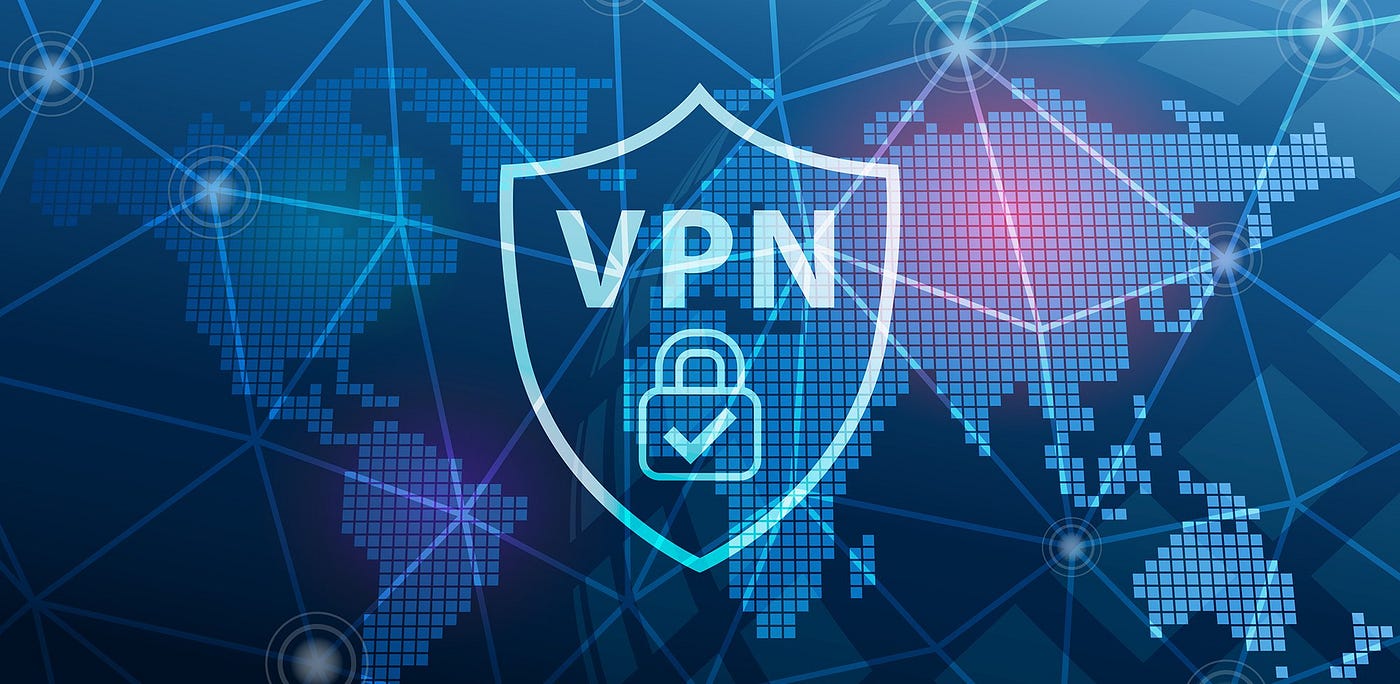Home>Software and Apps>Unveiling VPN Detection: A Tech Blog Perspective


Software and Apps
Unveiling VPN Detection: A Tech Blog Perspective
Modified: September 5, 2024
Discover how software and apps are affected by VPN detection in this insightful tech blog. Stay informed with the latest insights and solutions.
(Many of the links in this article redirect to a specific reviewed product. Your purchase of these products through affiliate links helps to generate commission for Techsplurge.com, at no extra cost. Learn more)
Introduction
In today's digital age, online security and privacy have become paramount concerns. With the rise of the internet and the increasing reliance on digital communication, individuals and organizations alike are seeking ways to protect their data from prying eyes. One of the most effective tools in this arsenal is the Virtual Private Network (VPN). However, with the growing sophistication of cybersecurity threats, detecting VPN usage has become a critical task for both security professionals and law enforcement agencies. This article delves into the world of VPN detection, exploring the various methods and tools used to identify VPN traffic, and discusses the implications of such detection from a tech blog perspective.
What is a VPN?
Before diving into VPN detection, it is essential to understand what a VPN is. A VPN is a service that creates a secure, encrypted connection over the internet between your device and a VPN server. This connection masks your IP address, making it appear as though you are accessing the internet from a different location. VPNs are commonly used for various purposes, including protecting sensitive information while using public Wi-Fi, bypassing geo-restrictions, and enhancing online anonymity.
Methods of VPN Detection
Detecting VPN usage involves identifying the characteristics of VPN traffic that distinguish it from regular internet traffic. Here are some of the primary methods used for VPN detection:
IP Address Analysis
One of the most straightforward methods of detecting VPN usage is by analyzing the IP address. VPNs often use IP addresses from different countries or regions, which can be easily identified. However, many modern VPNs use dynamic IP addresses that change frequently, making it challenging to pinpoint the exact location.
Packet Inspection
Packet inspection involves analyzing the packets of data transmitted over the internet. VPNs encrypt data, but the encryption protocols used can sometimes be identified. For instance, the use of protocols like OpenVPN or WireGuard can be detected through packet analysis.
Behavioral Analysis
Behavioral analysis involves monitoring the behavior of internet traffic. VPNs often exhibit distinct patterns, such as sudden changes in IP addresses or unusual traffic patterns. Advanced algorithms can be used to identify these patterns and flag suspicious activity.
DNS Traffic Analysis
DNS (Domain Name System) traffic analysis is another method used to detect VPN usage. VPNs often use DNS servers located in different regions, which can be identified through DNS queries.
Network Traffic Patterns
Network traffic patterns can also be used to detect VPN usage. For example, the volume and speed of data transfer can be analyzed to determine if it matches typical internet usage or if it is indicative of a VPN.
Tools for VPN Detection
Several tools and techniques are employed by security professionals and law enforcement agencies to detect VPN usage. Here are some of the most commonly used tools:
Deep Packet Inspection (DPI)
DPI involves inspecting the contents of packets as they travel over the network. This method can identify the encryption protocols used by VPNs and flag suspicious activity.
Network Intrusion Detection Systems (NIDS)
NIDS are designed to monitor network traffic for signs of unauthorized access or malicious activity. They can be configured to detect VPN traffic by analyzing packet contents and behavior.
Firewalls
Firewalls can be configured to block or flag VPN traffic based on specific criteria such as IP addresses, protocols, and traffic patterns.
Machine Learning Algorithms
Machine learning algorithms can be trained to recognize the patterns associated with VPN traffic, making it easier to detect and flag suspicious activity.
Implications of VPN Detection
The detection of VPN usage has significant implications both for individuals and organizations. Here are some of the key considerations:
Privacy Concerns
The detection of VPN usage can compromise individual privacy. If VPN traffic is identified, it may reveal sensitive information about the user's online activities, potentially exposing them to cyber threats or legal repercussions.
Legal Implications
In some jurisdictions, the use of VPNs is illegal or heavily regulated. Law enforcement agencies may use VPN detection tools to identify and prosecute individuals using VPNs for illicit activities.
Security Risks
While VPNs are designed to enhance security, the detection of VPN usage can create security risks. For instance, if an attacker identifies that a user is using a VPN, they may target the VPN server or the user's device directly.
Future of VPN Detection
The future of VPN detection is likely to be shaped by advancements in AI and machine learning. As these technologies improve, they will enable more accurate and efficient detection of VPN traffic. Additionally, the development of new encryption protocols and VPN technologies will necessitate the creation of more sophisticated detection tools.
Understanding the methods and tools used in VPN detection is essential for anyone concerned about online security and privacy. By staying informed about the latest developments in this field, individuals and organizations can better protect themselves against cyber threats and ensure their online activities remain secure and private.

